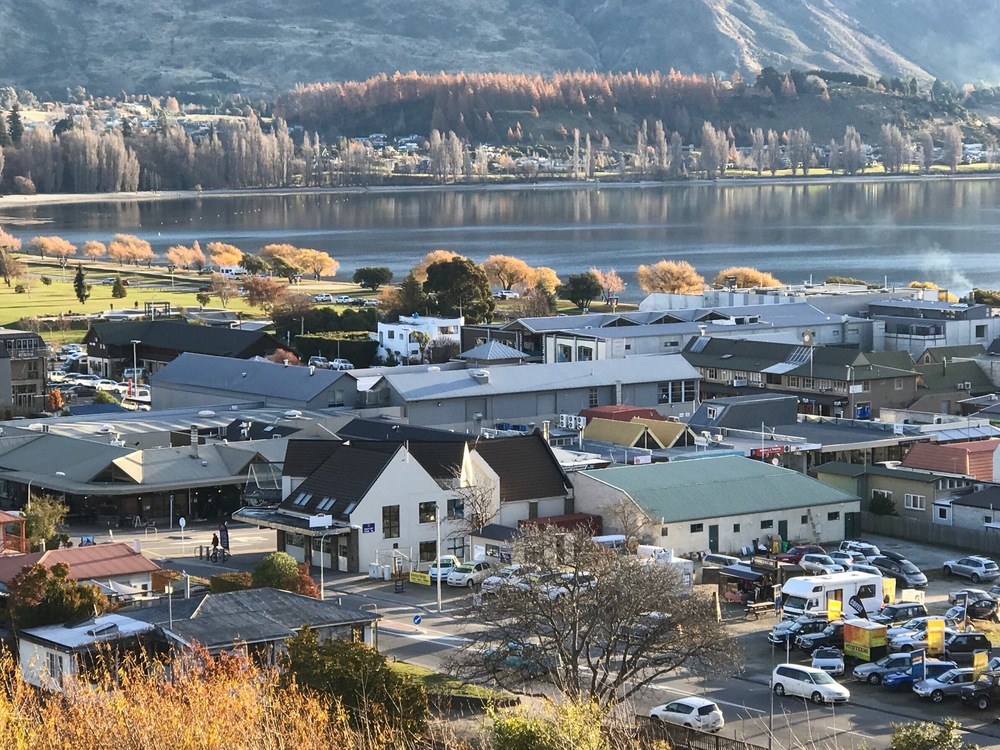Council underwhelmed by effectiveness of international visitor levy
Sue Wards
16 June 2024, 5:06 PM
 The Queenstown Lakes community has never received support from the IVL, QLDC said.
The Queenstown Lakes community has never received support from the IVL, QLDC said.The government’s international visitor levy (IVL) is not a replacement for a local visitor levy for this district, Queenstown Lakes District Council (QLDC) has told the Ministry of Business, Innovation and Employment (MBIE).
QLDC was responding to MBIE’s call for feedback on whether or not the IVL, a $35 fee most international visitors pay on arrival into New Zealand, should be increased.
QLDC said the IVL lacked “the rigour, the scale, and the targeting” to address the real impacts of tourism.
“[It] therefore misses the opportunity to ensure that international visitors make a meaningful contribution to support local communities.”
Read more: Increase to international visitor levy proposed
Council’s submission highlighted the well-known challenge of this district in playing a significant role in the country’s tourism industry while also having to fund infrastructure from its own ratepayer base.
The challenge “far outweighs the ability of the existing rating model to respond”, the submission said, adding that delivering basic provisions of drinking water which meets standards, wastewater schemes, critical infrastructure and a fit-for-purpose roading network “have become enormous and costly undertakings that have forced the council to push significant projects beyond recommended timeframes”.
The council continues to push for a local visitor levy, saying there is strong local support for it.
“Following a local referendum demonstrating overwhelming support for a local visitor levy (over 80%), Cabinet agreed in March 2019 to support the local visitor levy through a local Bill. As part of this agreement, QLDC, through the Grow Well Whaiora Partnership has developed and adopted a district wide Spatial Plan which highlights the visitor levy as a priority initiative.”
Tourism funding questioned
QLDC was also clear that the IVL was not the “sole solution” to tourism funding in New Zealand, saying the levy “must be considered one tool of several to address the shift towards destination management”.
The council’s submission said the IVL hasn’t had a meaningful impact on communities affected by tourism, citing the fact the QLDC community has not yet received any support from the IVL.
“This lack of investment from the IVL is despite numerous requests for funding to support the critical destination management initiative of measuring optimal visitation that has the potential to be shared across the country,” it said.

The IVL must be supported by other funding solutions, QLDC said.
QLDC said issues affecting communities such as Queenstown Lakes “can only be effectively addressed locally, on well understood investment needs”, adding it only supports continuation of the IVL with other funding solutions.
Council recommended the IVL tourism investment be apportioned between the 30 areas that have destination management plans, by total visitor numbers to each area.
“Prior to any increase to the IVL quantum, it is strongly recommended that the accountability and transparency of IVL investment is increased,” the submission said.
QLDC did express support for the IVL addressing visitor pressure on the public conservation estate, saying protection and increasing biodiversity must remain a priority.
The submission was signed by QLDC mayor Glyn Lewers and acting chief executive Michelle Morss. Councillors would have to approve the submission retrospectively at the next council meeting.
PHOTOS: Wānaka App







